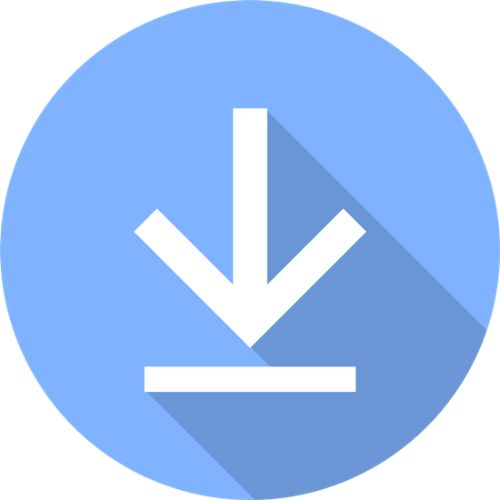Cost-benefit analysis (CBA) is a method used to assess the costs and benefits of a particular policy or project. It is an essential tool for policymakers, as it helps them make informed decisions based on a thorough understanding of the potential outcomes of their actions. This beginner’s guide will explore cost-benefit analysis, how it works, and why it is essential in public policy decision-making.
What is Cost-Benefit Analysis in Public Policy?
Cost-benefit analysis is a systematic approach used to evaluate the costs and benefits of a particular policy or project. It involves comparing the monetary value of the benefits and costs of a policy or project to determine if it is worth pursuing. CBA aims to ensure that resources are allocated efficiently and effectively.
Why is Cost-Benefit Analysis Important in Public Policy?
Cost-benefit analysis is an essential tool in public policy decision-making for several reasons. First, it helps policymakers understand the costs and benefits of a particular policy or project. This information is crucial in determining whether the policy or project is worth pursuing.
Second, cost-benefit analysis helps to identify potential unintended consequences of a policy or project. Policymakers can anticipate and mitigate possible adverse outcomes by examining the costs and benefits of a policy or project.
Finally, the cost-benefit analysis provides a transparent and objective way to evaluate the success of a policy or project. It allows policymakers to assess whether a policy or project has achieved its intended goals and is worth the investment.
How Does Cost-Benefit Analysis Work in Public Policy?
The cost-benefit analysis involves several steps. The first step is identifying the problem or issue the policy or project aims to address. The second step is to identify and evaluate alternative policies or project options. The third step is to assess the costs and benefits of each alternative.
To assess costs, policymakers must consider both direct and indirect costs. Direct costs are the expenses associated with implementing the policy or project, such as materials and labor. Indirect costs are the secondary costs associated with the policy or project, such as environmental impact or the displacement of people.
To assess benefits, policymakers must consider both direct and indirect benefits. Direct benefits, such as increased revenue or improved public health, are the primary benefits associated with the policy or project. Indirect benefits are the secondary benefits associated with the policy or project, such as job creation or reduced crime rates.
The fourth step is to compare each alternative’s costs and benefits to determine which is the most cost-effective. This involves calculating the net benefits of each option, which is the difference between the benefits and costs.
Conclusion
Cost-benefit analysis is an essential tool for policymakers in public policy decision-making. It helps policymakers understand the costs and benefits of a particular policy or project, identify potential unintended consequences, and evaluate the success of a policy or project. By using cost-benefit analysis, policymakers can ensure that resources are allocated efficiently and effectively to achieve the best possible outcomes for society.





